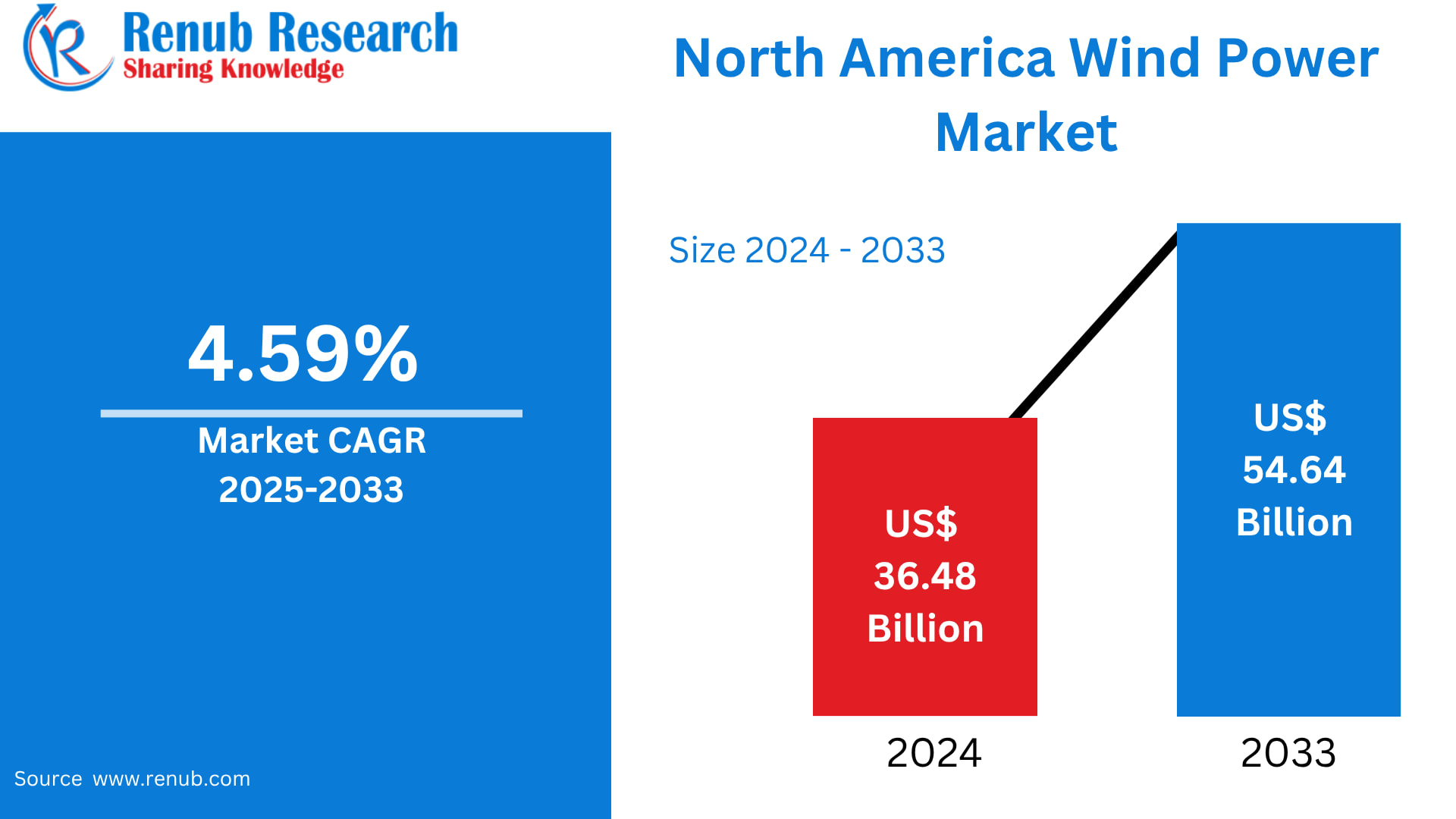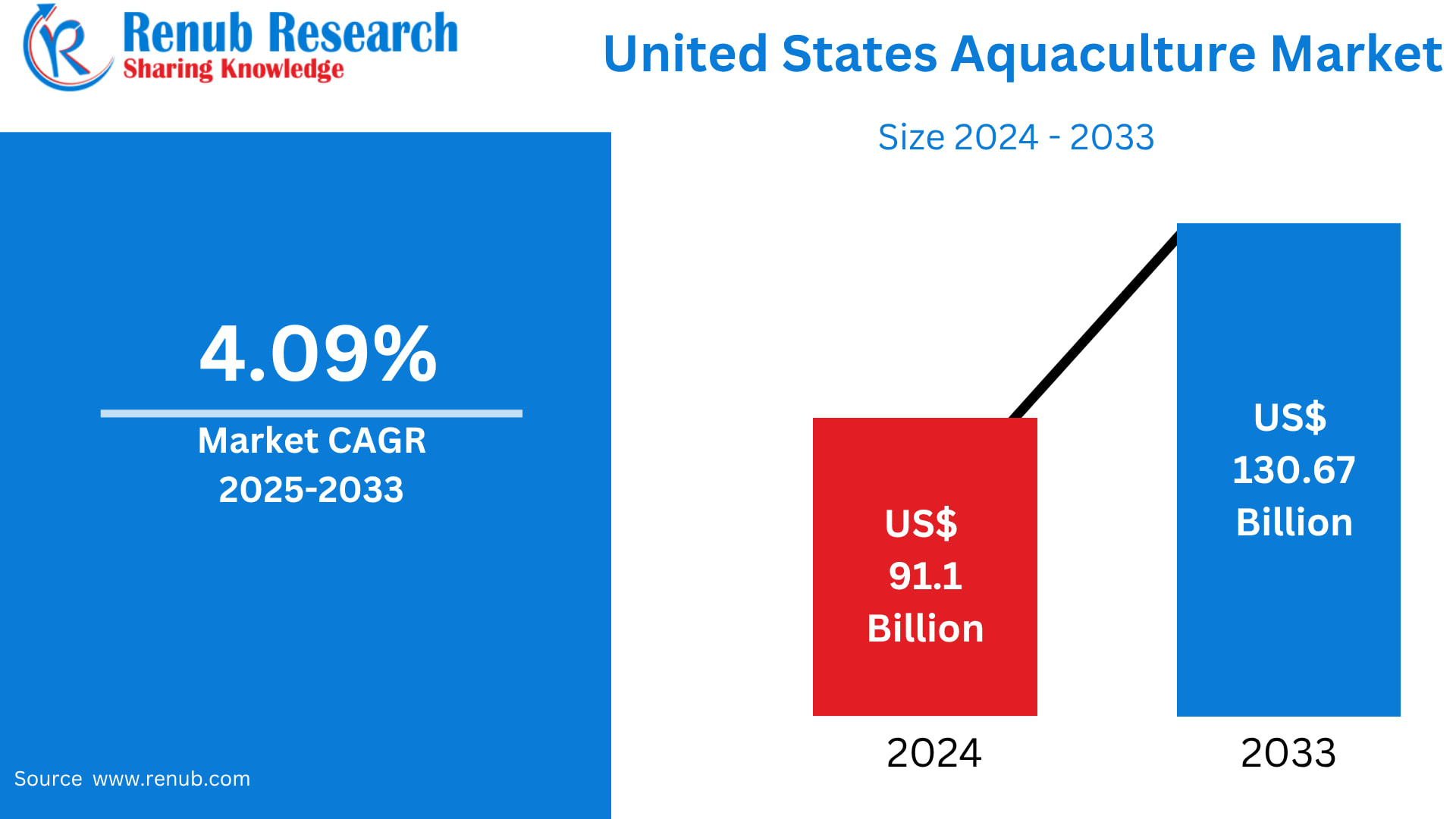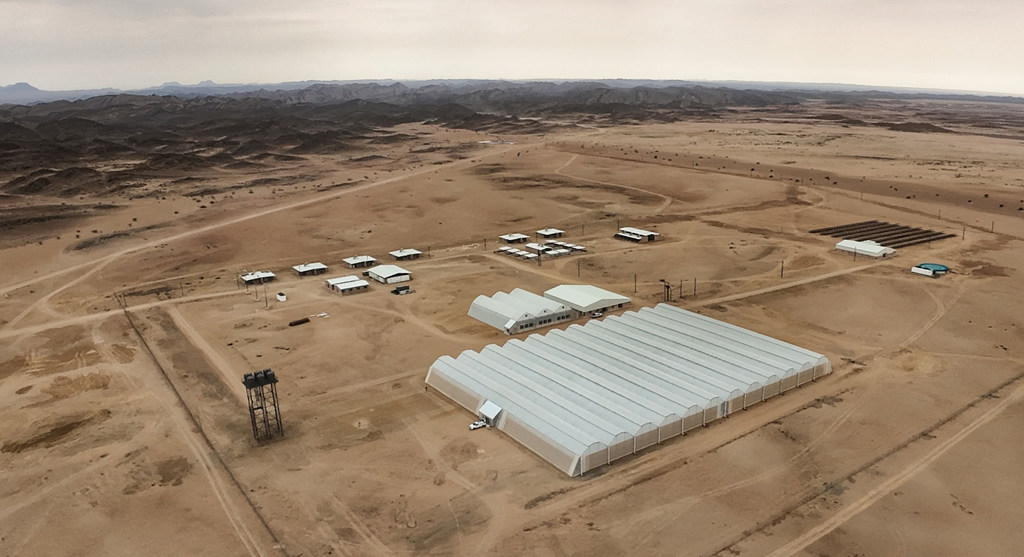In low-income countries, most people work in farming; in richer countries, they work in services – Our World in Data

Report on Methodologies for Measuring Economic Growth in Alignment with Sustainable Development Goals
Introduction: Frameworks for Assessing Progress
Economic growth is defined by increased access to and quality of goods and services. The measurement of this growth is critical for assessing progress toward the Sustainable Development Goals (SDGs). Two primary methodologies are employed for this purpose: tracking household access to specific assets and measuring aggregate income levels. This report analyzes these two approaches, highlighting their relevance to specific SDGs.
Methodology 1: Asset-Based Measurement and SDG Linkages
This approach provides a concrete measure of development by tracking the share of households with access to specific goods and services. This granular data directly corresponds to several key SDG targets.
-
Basic Infrastructure and Services
- Clean Water and Sanitation (SDG 6): The provision of running water and flush toilets is a primary indicator for Target 6.1 (universal and equitable access to safe and affordable drinking water) and Target 6.2 (access to adequate and equitable sanitation and hygiene for all).
- Affordable and Clean Energy (SDG 7): Access to electric power is a direct measure of progress towards Target 7.1 (ensure universal access to affordable, reliable and modern energy services).
-
Technology and Innovation
- Industry, Innovation and Infrastructure (SDG 9): The increasing availability of communication technologies, including the internet and mobile phones, serves as a key metric for Target 9.c (significantly increase access to information and communications technology).
- Gender Equality (SDG 5): The adoption of household technologies such as vacuum cleaners, washing machines, and dishwashers contributes to Target 5.4, which aims to recognize and value unpaid care and domestic work through the provision of public services, infrastructure, and technology.
While this method offers tangible evidence of improved living standards, its limitation is its narrow focus on a select number of goods, failing to capture the full spectrum of economic activity.
Methodology 2: Income-Based Measurement and SDG Linkages
A comprehensive alternative for measuring growth is tracking changes in average income, typically represented by Gross Domestic Product (GDP) per capita. This metric provides an abstract but all-encompassing view of a population’s access to the full range of goods and services available in an economy.
- Decent Work and Economic Growth (SDG 8): The measurement of GDP per capita directly aligns with Target 8.1, which is to “sustain per capita economic growth in accordance with national circumstances.” The historical data for the United States, indicating a 13-fold increase in inflation-adjusted average income between 1860 and 2022, exemplifies the long-term tracking of this target.
- Reduced Inequalities (SDG 10): While GDP per capita is an average, its analysis can be extended to assess income distribution, which is central to SDG 10. Understanding how growth is shared across a population is crucial for ensuring inclusive development.
The strength of this method is its comprehensiveness, but its abstract nature can obscure specific improvements in quality of life that are better captured by asset-based metrics.
Conclusion: An Integrated Approach for a Holistic View of Sustainable Development
A comprehensive assessment of sustainable development necessitates the integration of both measurement methodologies. Combining the concrete, SDG-specific insights from asset-based tracking with the broad economic overview provided by income-based data offers a more complete picture of societal progress.
- The asset-based approach validates whether economic growth translates into tangible benefits aligned with SDGs 5, 6, 7, and 9.
- The income-based approach provides a macro-level indicator essential for SDG 8 and, when disaggregated, for SDG 10.
Therefore, a dual-focus framework is essential for policymakers to ensure that economic growth is not only robust but also inclusive and sustainable, effectively advancing the global 2030 Agenda.
Analysis of Sustainable Development Goals (SDGs) in the Article
-
1. Relevant Sustainable Development Goals (SDGs)
The article on measuring economic growth touches upon several SDGs by discussing access to basic services, infrastructure, and economic prosperity. The following SDGs are addressed:
- SDG 5: Gender Equality: By highlighting “technologies that reduced work at home” like washing machines and dryers, the article implicitly connects to the goal of reducing the burden of unpaid domestic work, which is a key aspect of gender equality.
- SDG 6: Clean Water and Sanitation: The article explicitly mentions the “rising provision of basic infrastructure like running water, flush toilets,” which are the core components of this goal.
- SDG 7: Affordable and Clean Energy: The provision of “electric power” is mentioned as a key measure of development, directly aligning with the goal of ensuring access to modern energy for all.
- SDG 8: Decent Work and Economic Growth: The entire article is centered on defining and measuring economic growth, primarily through “GDP per capita,” which is a central theme of SDG 8.
- SDG 9: Industry, Innovation, and Infrastructure: The article discusses the development of infrastructure through access to water, sanitation, and energy, as well as the “increasing availability of communication technology: radios, TVs, the Internet, and mobile phones.”
-
2. Specific Targets Identified
Based on the article’s content, the following specific SDG targets can be identified:
- Target 5.4: Recognize and value unpaid care and domestic work through the provision of public services, infrastructure… The article supports this by identifying “technologies that reduced work at home: vacuum cleaners, washing machines, dryers, and dishwashers” as markers of growth.
- Target 6.1: By 2030, achieve universal and equitable access to safe and affordable drinking water for all. This is directly referenced by the mention of tracking the “share of households with access to… running water.”
- Target 6.2: By 2030, achieve access to adequate and equitable sanitation and hygiene for all. This is identified through the article’s focus on access to “flush toilets.”
- Target 7.1: By 2030, ensure universal access to affordable, reliable and modern energy services. The article points to this target by using the provision of “electric power” as a key development metric.
- Target 8.1: Sustain per capita economic growth in accordance with national circumstances. The article’s primary method for measuring comprehensive growth is through “average income, here measured by GDP per capita.”
- Target 9.c: Significantly increase access to information and communications technology and strive to provide universal and affordable access to the Internet. This is highlighted by the article’s tracking of “the increasing availability of communication technology: radios, TVs, the Internet, and mobile phones.”
-
3. Indicators for Measuring Progress
The article mentions or implies several indicators used to measure progress towards the identified targets:
- Implied Indicator for Target 5.4 (related to 5.4.1): While not mentioning time-use surveys, the article implies progress by tracking the “share of households with access to… technologies that reduced work at home,” such as washing machines and dryers, which are tools to reduce time spent on domestic work.
- Indicator 6.1.1: Proportion of population using safely managed drinking water services. The article uses a direct proxy for this by tracking the “share of households with access to… running water.”
- Indicator 6.2.1: Proportion of population using safely managed sanitation services. The article uses a proxy for this by tracking the “share of households with access to… flush toilets.”
- Indicator 7.1.1: Proportion of population with access to electricity. The article directly measures this by tracking the “share of households with access to… electric power.”
- Indicator 8.1.1: Annual growth rate of real GDP per capita. The article explicitly discusses measuring growth through “GDP per capita” and provides a long-term example for the US.
- Indicator 9.c.1: Proportion of population covered by a mobile network, by technology. The article’s tracking of access to “the Internet, and mobile phones” serves as a direct measure related to this indicator.
-
4. Summary Table: SDGs, Targets, and Indicators
SDGs Targets Indicators SDG 5: Gender Equality Target 5.4: Recognize and value unpaid care and domestic work through the provision of public services, infrastructure… Implied Indicator: The article tracks the “share of households with access to… technologies that reduced work at home (vacuum cleaners, washing machines, dryers, and dishwashers),” which are key tools for achieving the outcome measured by Indicator 5.4.1 (Proportion of time spent on unpaid domestic and care work). SDG 6: Clean Water and Sanitation Target 6.1: Achieve universal and equitable access to safe and affordable drinking water for all. Target 6.2: Achieve access to adequate and equitable sanitation and hygiene for all.
Indicator 6.1.1: The article uses a proxy by tracking the “share of households with access to… running water.” Indicator 6.2.1: The article uses a proxy by tracking the “share of households with access to… flush toilets.”
SDG 7: Affordable and Clean Energy Target 7.1: Ensure universal access to affordable, reliable and modern energy services. Indicator 7.1.1: The article directly measures this by tracking the “share of households with access to… electric power.” SDG 8: Decent Work and Economic Growth Target 8.1: Sustain per capita economic growth in accordance with national circumstances. Indicator 8.1.1: The article explicitly discusses measuring growth via “GDP per capita” and provides historical data for the US. SDG 9: Industry, Innovation and Infrastructure Target 9.c: Significantly increase access to information and communications technology and strive to provide universal and affordable access to the Internet. Indicator 9.c.1: The article measures progress by tracking the “increasing availability of communication technology: radios, TVs, the Internet, and mobile phones.”
Source: ourworldindata.org

What is Your Reaction?
 Like
0
Like
0
 Dislike
0
Dislike
0
 Love
0
Love
0
 Funny
0
Funny
0
 Angry
0
Angry
0
 Sad
0
Sad
0
 Wow
0
Wow
0

























































.jpg?format=1500w#)





















